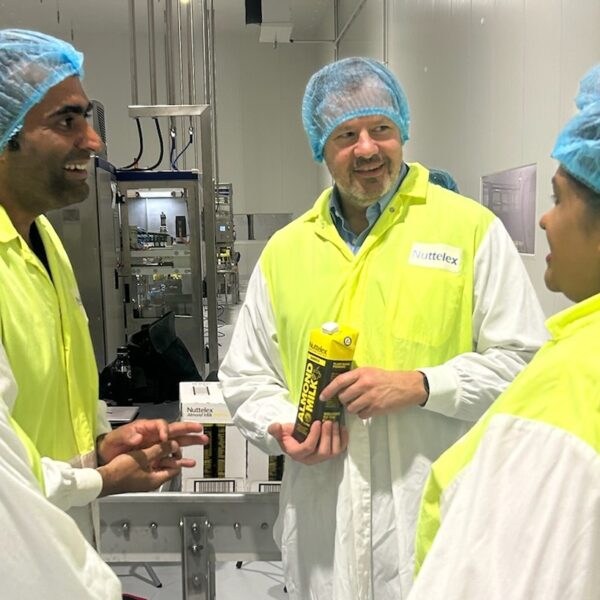Nuttelex News
Showing 2 out of 2 results

February 28, 2025
Products
Plant based for nearly 100 years
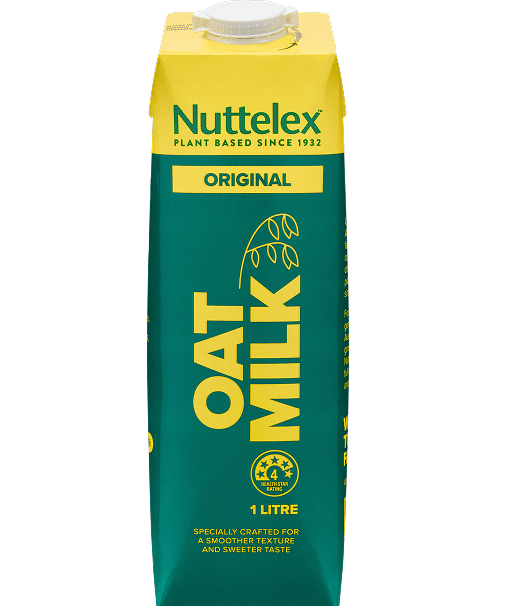
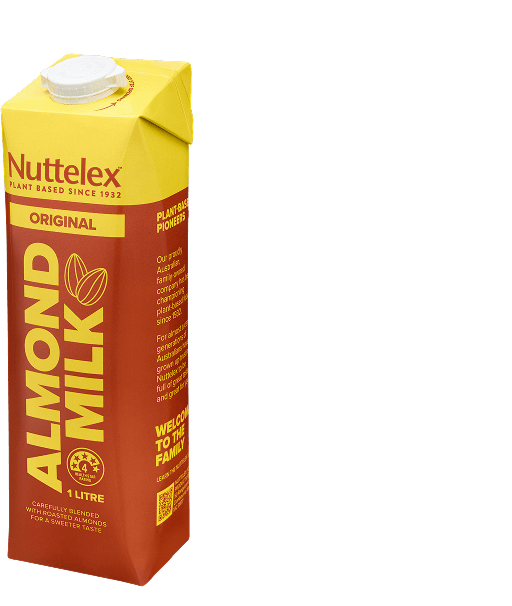
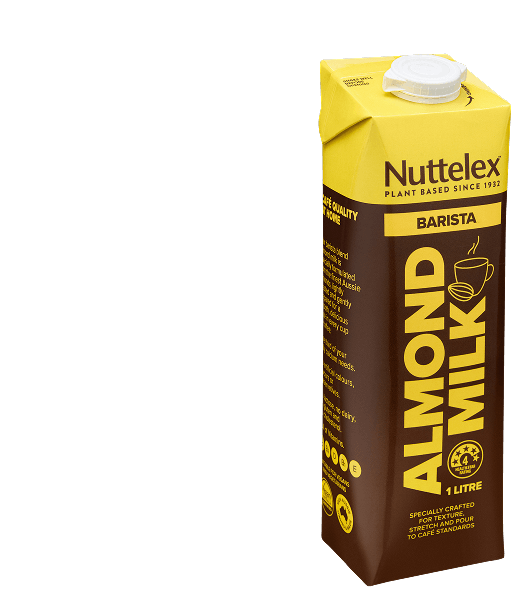
Milks
New
Carefully blended and gently prepared for a smooth and delicious taste.
View product
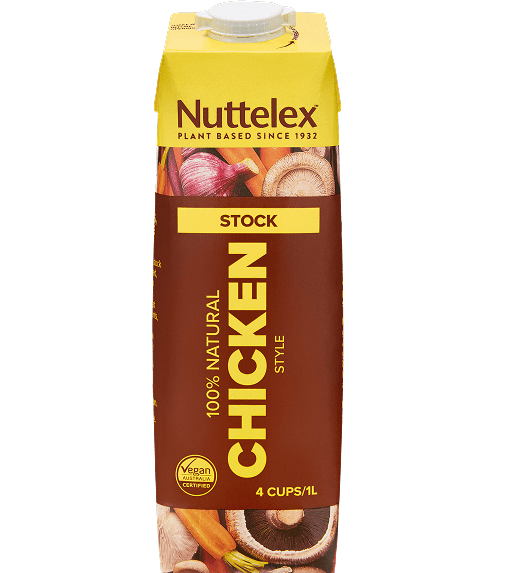
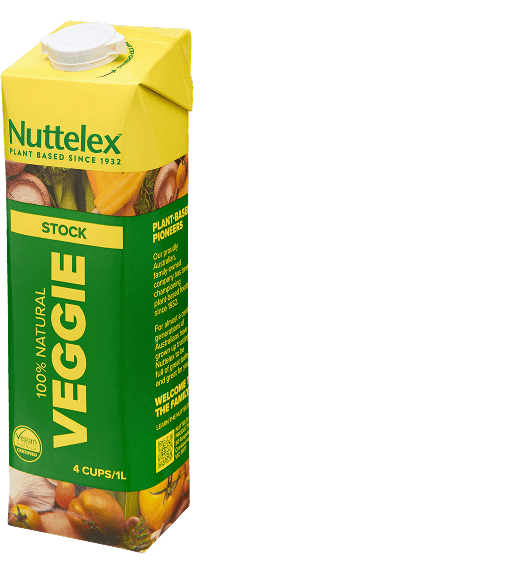
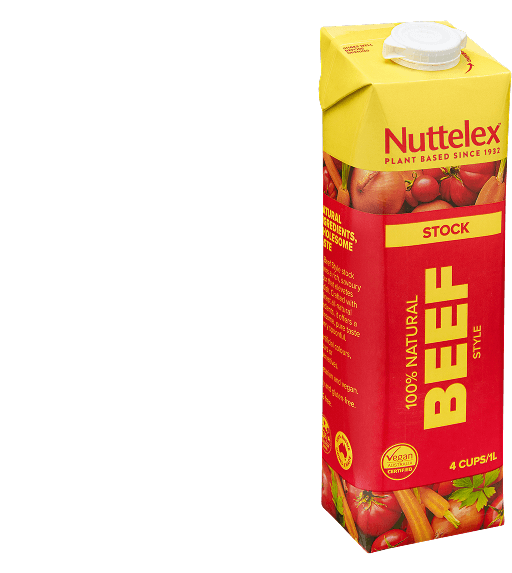
Stocks
New
Packed with natural ingredients for a balanced, full-bodied flavour.
View product
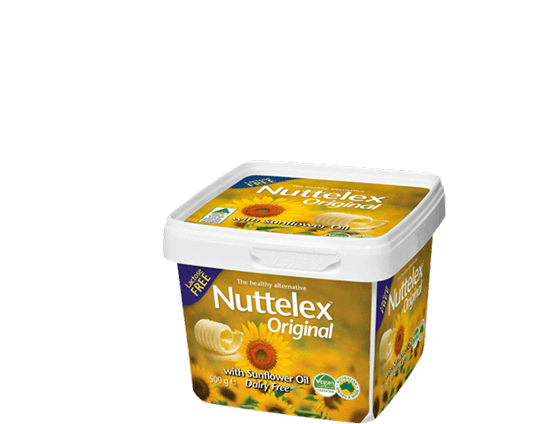
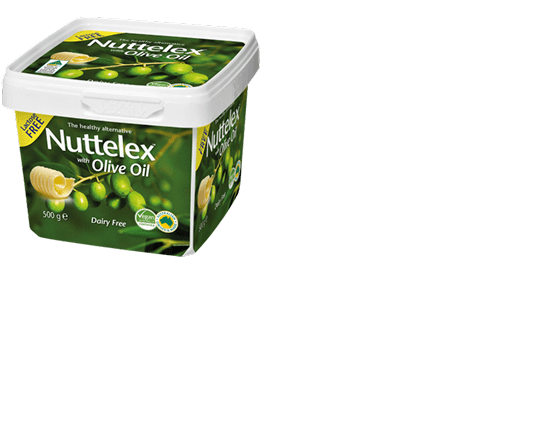
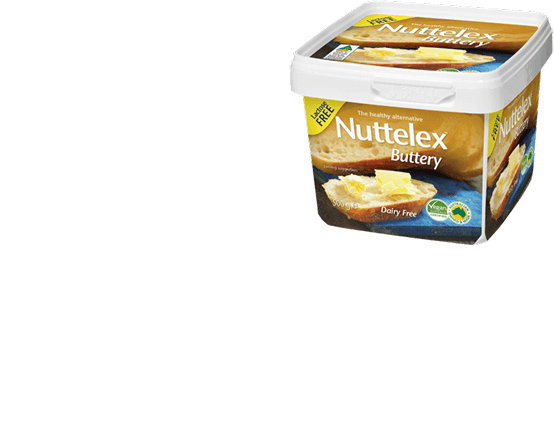
Spreads
Full of flavour, smooth, and versatile, made for everyone to enjoy.
View product
